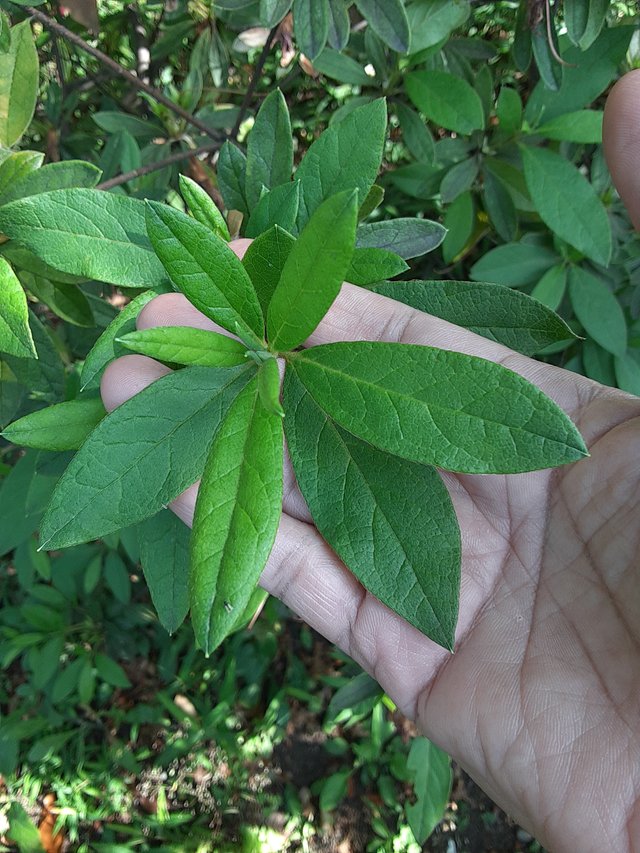
Rhododendron menziesii, also known as rusty menziesia or ock azalea, is a species of flowering plant in the heath family Ericaceae. It is native to western North America, from Alaska to California.
The leaves of Rhododendron menziesii are alternate, deciduous, in whorl-like clusters along branches, dull yellowish- or bluish-green color, 3-5 cm long, emit a skunky odor when crushed. The leaves are hairy, glandular, and sticky in texture.
The flowers of Rhododendron menziesii are pink to yellowish-white, urn-shaped, several in drooping terminal clusters; blooming in May.
The plant is poisonous to humans and animals. The leaves contain andromedotoxin, a toxin that can cause vomiting, diarrhea, and even death. The plant is also a skin irritant, and contact with the leaves can cause a rash.
The plant is sometimes used as an ornamental plant, but it should be planted with caution. It is best to plant it in an area where it will not be accessible to children or animals.
Here are some additional facts about Rhododendron menziesii:
- The plant is named after Archibald Menzies, a Scottish botanist who collected the plant in British Columbia in 1792.
- The plant is sometimes called "false huckleberry" because the leaves resemble those of the huckleberry plant.
- The plant is a member of the Ericaceae family, which also includes blueberries, cranberries, and rhododendrons.
- The plant is a popular ornamental plant in western North America, but it should be planted with caution due to its toxicity.
Ref.:
 |  |
Upvoted! Thank you for supporting witness @jswit.
Downvoting a post can decrease pending rewards and make it less visible. Common reasons:
Submit